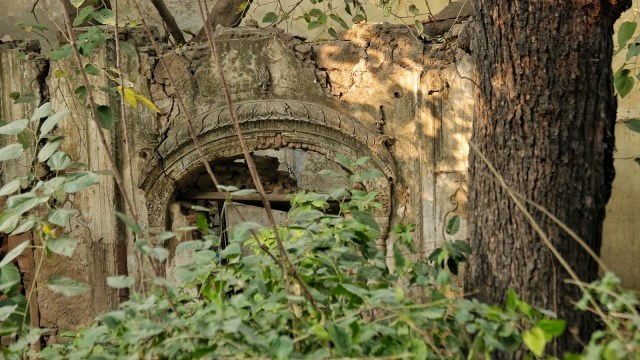Mehrauli, steeped in the ancient mystique of Delhi, holds within its folds a remarkable story of religious co-existence. The Yogmaya Temple, a Hindu shrine dedicated to Goddess Durga, stands as a beacon of interfaith amity, its very existence a testament to the syncretic heritage that has long defined the Indian capital.
The temple’s origins are shrouded in time, with legends linking it to the epic Mahabharata. However, its current structure owes its existence to Mirza Mughal Beg, a nobleman in the court of Mughal Emperor Akbar. In a gesture of religious tolerance, Akbar granted Beg permission to renovate and expand the pre-existing temple, marking a significant moment in Delhi’s cultural history.
The architectural style of the Yogmaya Temple reflects this fascinating confluence of Hindu and Mughal influences. The red sandstone exterior, adorned with intricate carvings and arches, whispers of Mughal grandeur, while the sanctum sanctorum, housing the idol of Goddess Durga, retains the essence of traditional Hindu temple architecture.
Over the centuries, the Yogmaya Temple has transcended its religious significance to become a symbol of Delhi’s vibrant cultural tapestry. Hindus and Muslims alike frequent the shrine, offering prayers and seeking blessings, their shared devotion blurring the lines of faith and forging a unique bond of communal harmony.
The temple’s enduring legacy lies not just in its architectural beauty but also in the message it conveys – a message of tolerance, acceptance, and the harmonious co-existence of diverse faiths. In a world often riven by religious strife, the Yogmaya Temple stands as a beacon of hope, reminding us of the unifying power of shared humanity and the rich tapestry of cultural exchange that has always been at the heart of Delhi’s identity.
